
AI Unveils Rare Supernova Triggered by Black Hole Encounter
2025-08-25
Author: Emma
A Cosmic Catastrophe Unveiled
In a groundbreaking revelation, astronomers have harnessed the power of artificial intelligence to detect the explosion of a massive star engaged in a lethal dance with a black hole. This extraordinary event, dubbed SN 2023zkd, was first spotted in July 2023 thanks to a cutting-edge AI algorithm designed to flag unusual cosmic explosions in real time.
Timely Discoveries: A New Era in Astronomy
The early detection of SN 2023zkd allowed astronomers to initiate follow-up observations without delay—a crucial move for piecing together the intricate tale of this explosive demise. Telescopes across the globe and in space, including those at the Haleakalā Observatory in Hawaii, monitored the supernova's aftermath.
An Unprecedented Event
According to Ryan Foley, associate professor of astronomy at UC Santa Cruz, this supernova represents a rarity in the cosmic landscape. "Such a phenomenon hasn’t been witnessed before, making this an extraordinary find," he said. The AI's ability to detect anomalies before human eyes catch them is vital for these timely cosmic observations.
What Sparked This Explosive Event?
The research team behind SN 2023zkd theorizes that the supernova was the inevitable result of a collision between a massive star and a black hole. As the star lost energy, their orbital distance shrank until the gravitational forces of the black hole triggered the cataclysmic explosion.
The Evidence Speaks
Lead author Alexander Gagliano, from the NSF Institute for Artificial Intelligence and Fundamental Interactions, presented the findings in the Astrophysical Journal. He stated, "This incident provides the strongest evidence yet that such close encounters can actually cause a star to detonate." The team also explored alternative scenarios, including the possibility that the black hole might have completely ripped the star apart, drawing in its remnants.
A Gradual Brightening Surprise
Located approximately 730 million light-years from Earth, SN 2023zkd initially appeared to be a conventional supernova. However, as astronomers tracked its luminosity over several months, they were astounded to find it brightening again—an uncommon occurrence for supernovae. Archival data revealed that the star had slowly brightened for four years prior to the explosion, illustrating unusual pre-explosion activity.
Collaboration and Innovation Drive Discovery
The intricate analysis of this cosmic spectacle involved advanced techniques at UC Santa Cruz, where researchers identified how the supernova's light interacted with material expelled by the star in its final years. The phenomena led to two brightening episodes that suggested extreme gravitational strain from its close companion, the black hole.
An Uncertain Future for Scientific Inquiry
Despite the exhilarating discoveries, uncertainty looms over funding for astrophysical research. Foley voiced concerns about dwindling resources and their impact on the collaboration's future, stating that reduced funding could diminish opportunities for new talent in the field.
AI's Expansive Potential Beyond Astronomy
Foley posited that the AI methodologies employed in this research could extend far beyond astronomy; they could revolutionize sectors such as healthcare, security, mental health, and finance, wherever real-time detection of anomalies proves beneficial.
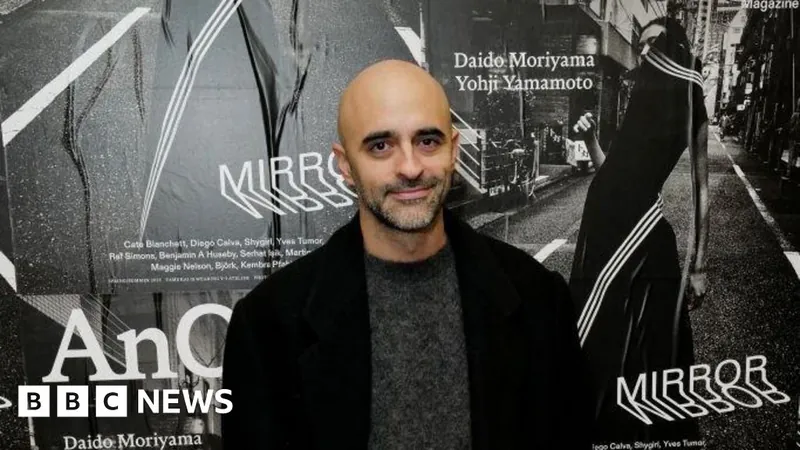
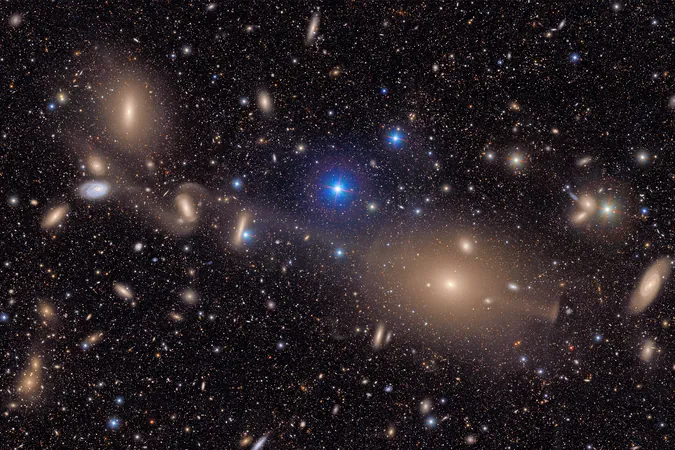
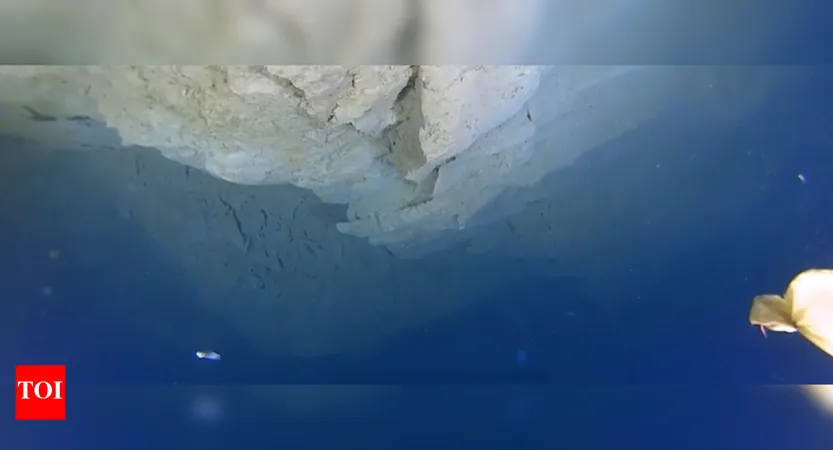
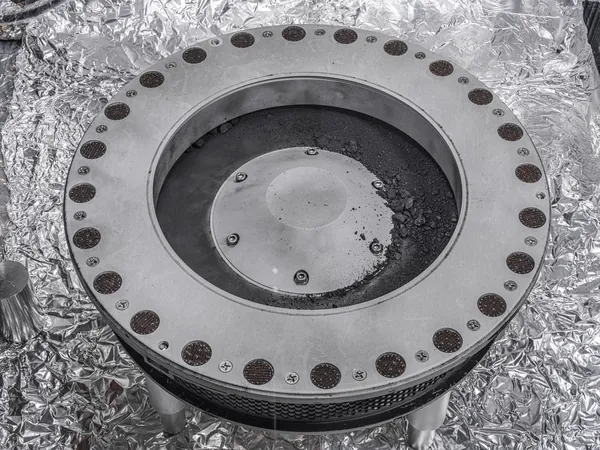

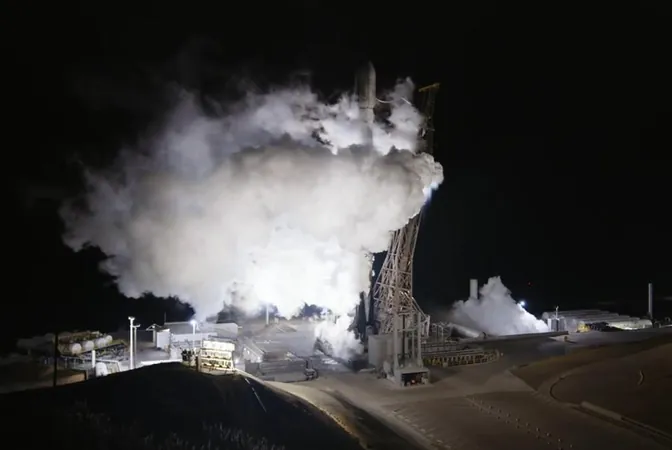



 Brasil (PT)
Brasil (PT)
 Canada (EN)
Canada (EN)
 Chile (ES)
Chile (ES)
 Česko (CS)
Česko (CS)
 대한민국 (KO)
대한민국 (KO)
 España (ES)
España (ES)
 France (FR)
France (FR)
 Hong Kong (EN)
Hong Kong (EN)
 Italia (IT)
Italia (IT)
 日本 (JA)
日本 (JA)
 Magyarország (HU)
Magyarország (HU)
 Norge (NO)
Norge (NO)
 Polska (PL)
Polska (PL)
 Schweiz (DE)
Schweiz (DE)
 Singapore (EN)
Singapore (EN)
 Sverige (SV)
Sverige (SV)
 Suomi (FI)
Suomi (FI)
 Türkiye (TR)
Türkiye (TR)
 الإمارات العربية المتحدة (AR)
الإمارات العربية المتحدة (AR)